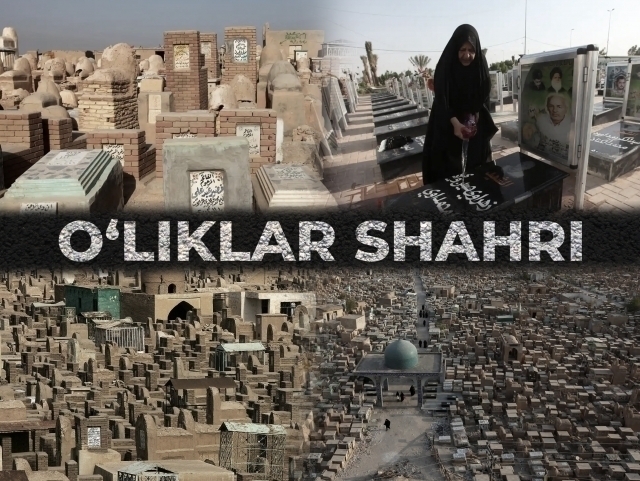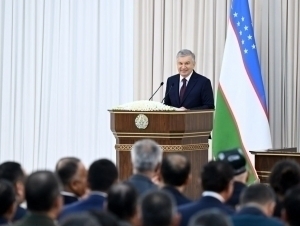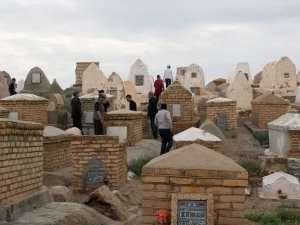O‘liklar shahri: dunyodagi eng katta qabriston
Bu qiziq
−
22 fevral 25673 3 daqiqa
Dunyo xalqlarining dafn marosimlari bir-biridan butkul farq qilsa-da, qabristonlar deyarli bir xil. Faqat ular landshafti, diniy qo‘shimcha yoki shu kabi boshqa tashqi jihatlari bilan farqlanishi mumkin. Dunyoda shunday qabriston borki, unda dafn etilganlar soni ba’zi mamlakatlar aholisidan ham ko‘p. Gap “o‘liklar shahri” deb ham ataladigan Bog‘dod yaqinidagi Vadi as-Salom qabristoni haqida bormoqda.
U qayerda joylashgan?
Vadi as-Salom qabristoni (ma’nosi: tinchlik vodiysi) Iroqning Najaf shahrida joylashgan. Ushbu qabriston butun shia olami vakillari uchun alohida ahamiyat kasb etadi –muborak ziyorat maskani. Chunki u yerda Muhammad payg‘ambarning kuyovi Ali ibn Abu Tolib ziyoratgohi qad rostlagan. Qolaversa, ko‘plab shia namoyandalari qabrlari ham shu yerda. Shuning uchun ko‘pchilik shia musulmonlari Vadi as-Salomda dafn etilishni xohlaydi va buni sharaf deb biladi. Bu yerga dafn etish uchun boshqa mamlakatlardan ham jasadlar olib kelinadi.
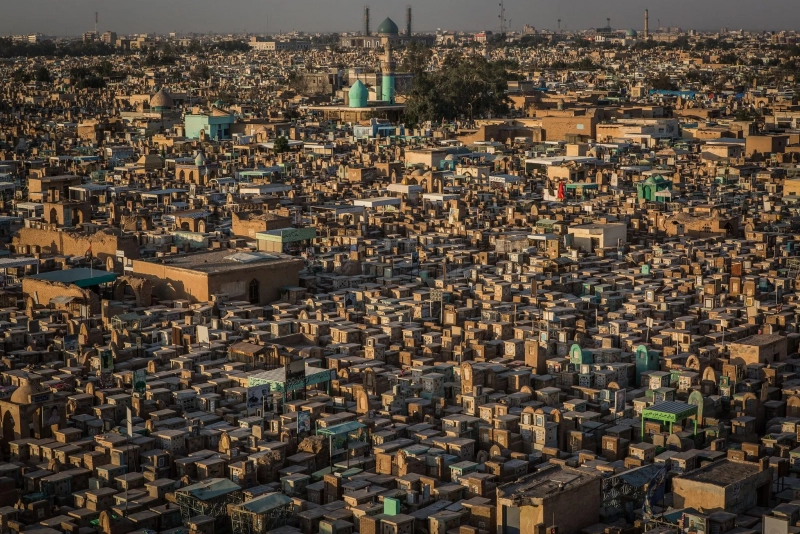 Qabriston maydoni 917 gektarni tashkil qiladi, bu esa Najaf shahri hududining 13 foiziga teng demakdir. Vadi as-Salom dunyodagi maydoni eng katta qabriston hisoblanadi va bu uchun Ginnesning rekordlar kitobidan joy olgan.
Qabriston maydoni 917 gektarni tashkil qiladi, bu esa Najaf shahri hududining 13 foiziga teng demakdir. Vadi as-Salom dunyodagi maydoni eng katta qabriston hisoblanadi va bu uchun Ginnesning rekordlar kitobidan joy olgan.
Unda qancha odam “yashaydi”
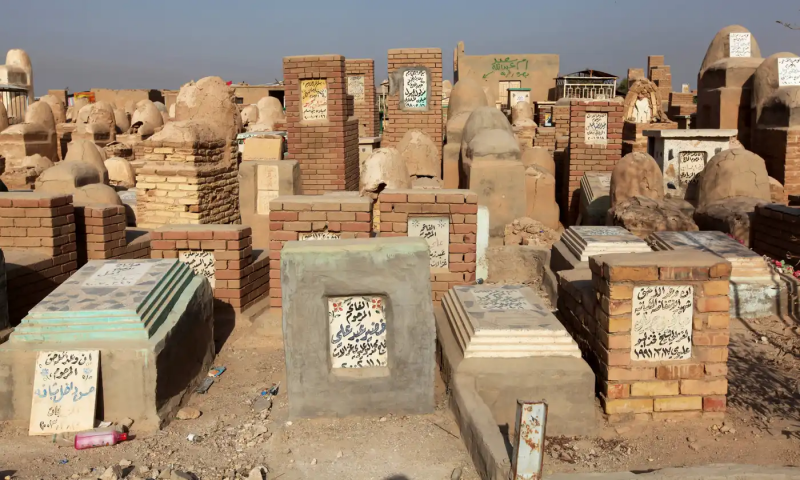
Vadi as-Salomda qariyb 6 milliondan ortiq qabrlar mavjud va bu Singapur, Daniya yoki Livan davlatlari aholisidan ham ko‘proq. Buning sabablaridan biri qabristonning deyarli 1,4 ming yildan buyon foydalanishda ekani bo‘lsa, boshqa tomondan Iroqning ko‘plab urushlarga duchor bo‘lganidir. “Al Jazeera” nashrining 2019 yildagi ma’lumotiga ko‘ra, Vadi as-Salom qabrlari safiga har yili o‘rtacha 50 ming yangi qabrlar qo‘shiladi.
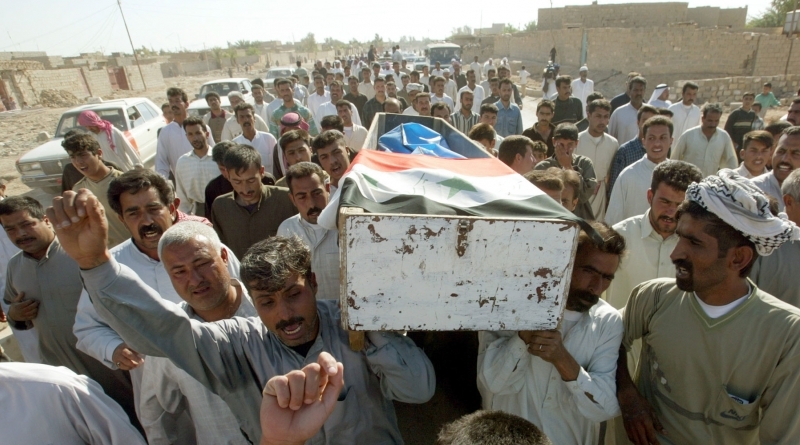
2003 yil 20 martda AQSH va Buyuk Britaniya boshchiligida tuzilgan ko‘p millatli koalitsiya kuchlari bostirib kirishi bilan boshlangan Iroq urushi 2011 yil 15 dekabrda Bag‘doddagi AQSH bazasida oxirgi Amerika bayrog‘ining tushirilishi bilan yakunlandi. USA Today gazetasi ma’lumotiga ko‘ra, qariyb 8 yil davom etgan bu urush vaqtida Vadi as-Salom qabrlari soni kuniga 200-250 taga ko‘paygan. Nashr bilan suhbatlashgan go‘rkov urushning ba’zi kunlari dam olmasdan qabr qazishga majbur bo‘lgani haqida gapirgan.
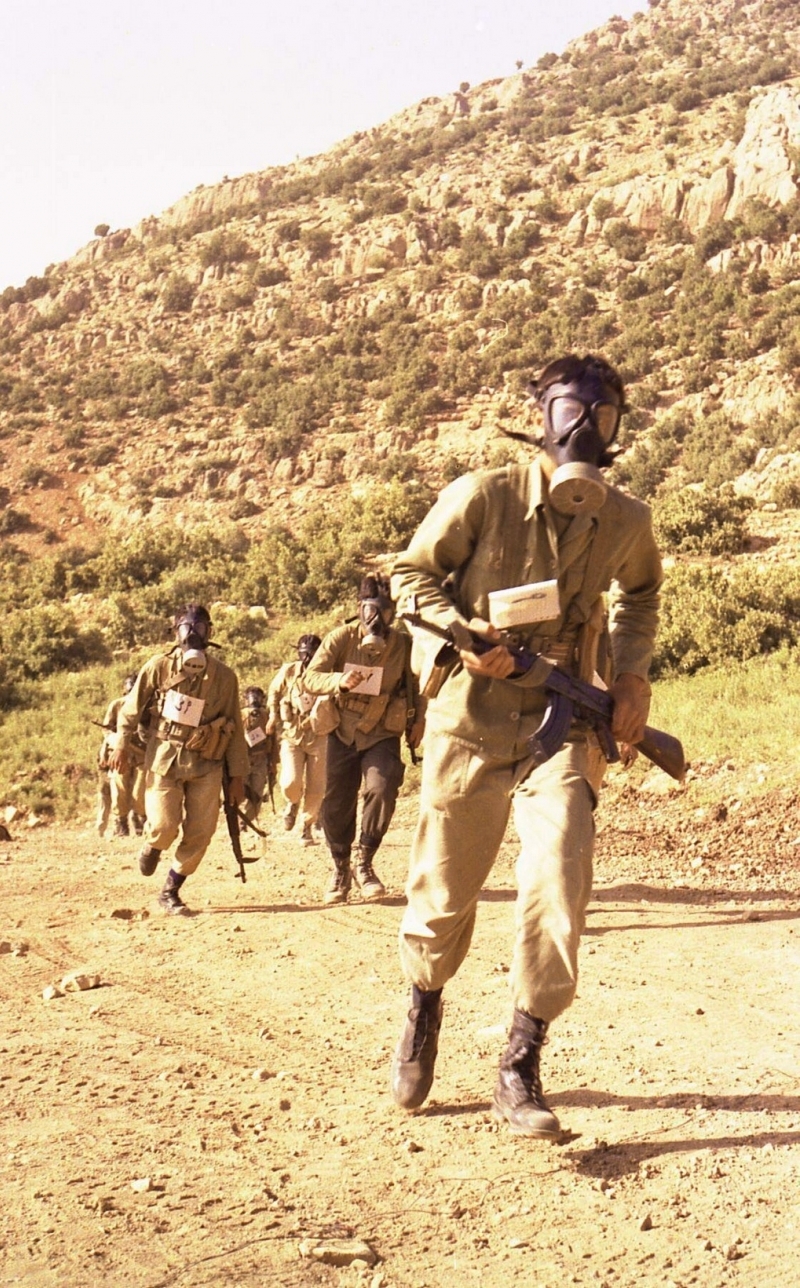
Ammo bu Iroq boshdan kechirgan yagona mudhish kunlar emas. Bungacha mamlakat ikki yirik urush va qattiqqo‘l ichki tizim oqibatida ko‘plab yo‘qotishga uchragan. Masalan, 1980 yilda Iroq va Eron o‘rtasida uzoq yillik urush boshlangan va ba’zi ma’lumotlarga ko‘ra, unda jami 1,5 million odam halok bo‘lgan. Shundan so‘ng, Iroq va Quvayt o‘rtasida sodir bo‘lgan urush va mamlakat ichida ko‘p yillik “tinchlikni saqlashga qaratilgan operatsiya”lar oqibatida ham ko‘pgina iroqliklar halok bo‘lgan va qabrlar soni kengayib borgan.
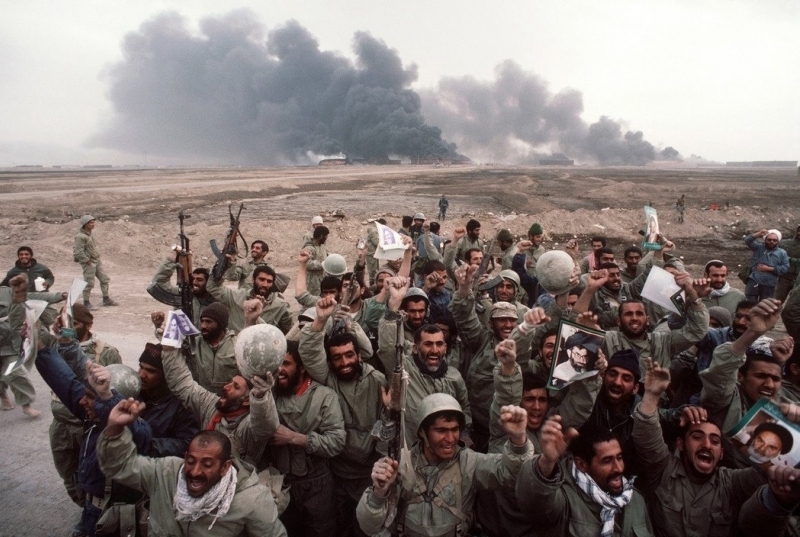 Xorijiy OAV xabarlariga ko‘ra, 2011 yildan buyon ahvol ancha o‘nglangan.
Xorijiy OAV xabarlariga ko‘ra, 2011 yildan buyon ahvol ancha o‘nglangan.
Urush maydoniga aylangan “Tinchlik vodiysi”
1979 yildan 2003 yilgacha Iroqni boshqargan Saddam Husayn davrida shafqatsiz bostirilgan Ko‘rfaz urushidan keyingi qo‘zg‘olonlarda ham, AQSH bilan kechgan urushda ham Vadi as-Salom odamlarga yashirinish uchun joy vazifasini o‘tagan.
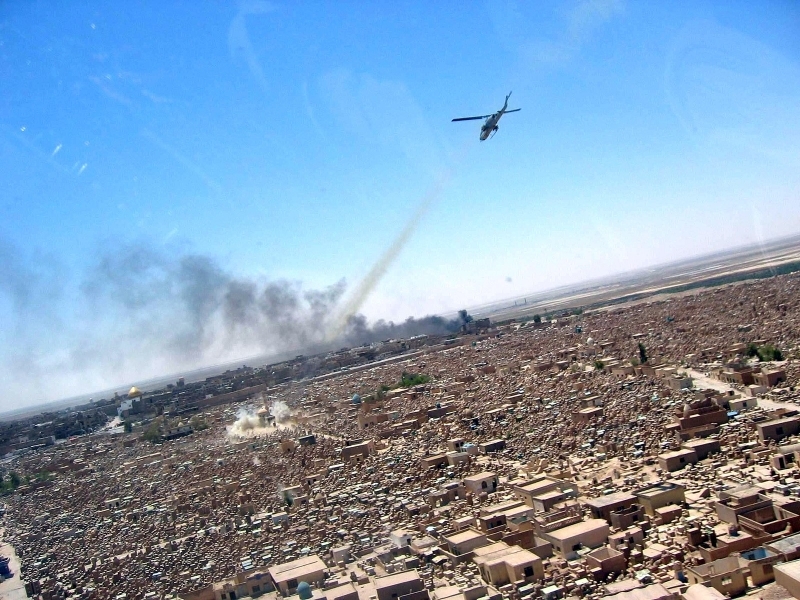
Oqibatda qabriston jang maydoniga aylangan va anchagina talafot ko‘rgan. Vadi as-Salom 2011 yilda UNESSO ro‘yxatidagi madaniy meroslar qatoriga kiritilgan. Tashkilot axborotiga ko‘ra, qabristonda mavjud ko‘plab maqbaralar ostida 50 dan ortiq inson qoldiqlari jamlangan. Bunga favqulodda holatlar va qolaversa, joy yetishmovchiligi sabab bo‘lgan bo‘lishi mumkin.
Qabriston bu faqatgina inson jasadi qo‘yiladigan joy emas, balki xotira, tarix va hayotning uzviy davomi sifatida qaraladigan maskandir. Har bitta qabr bir inson hayotining yakuni bo‘lsa-da, jamiyatda uning ta’siri bardavom.
Live
Barchasi